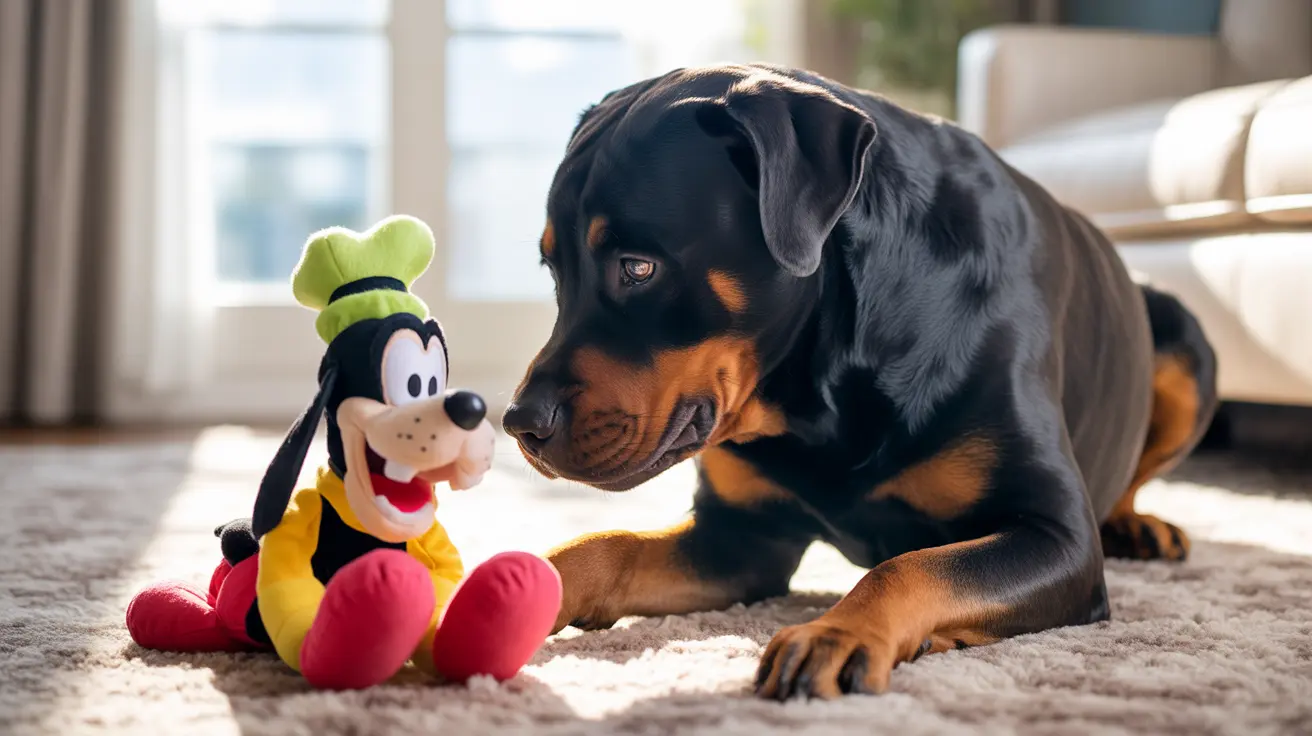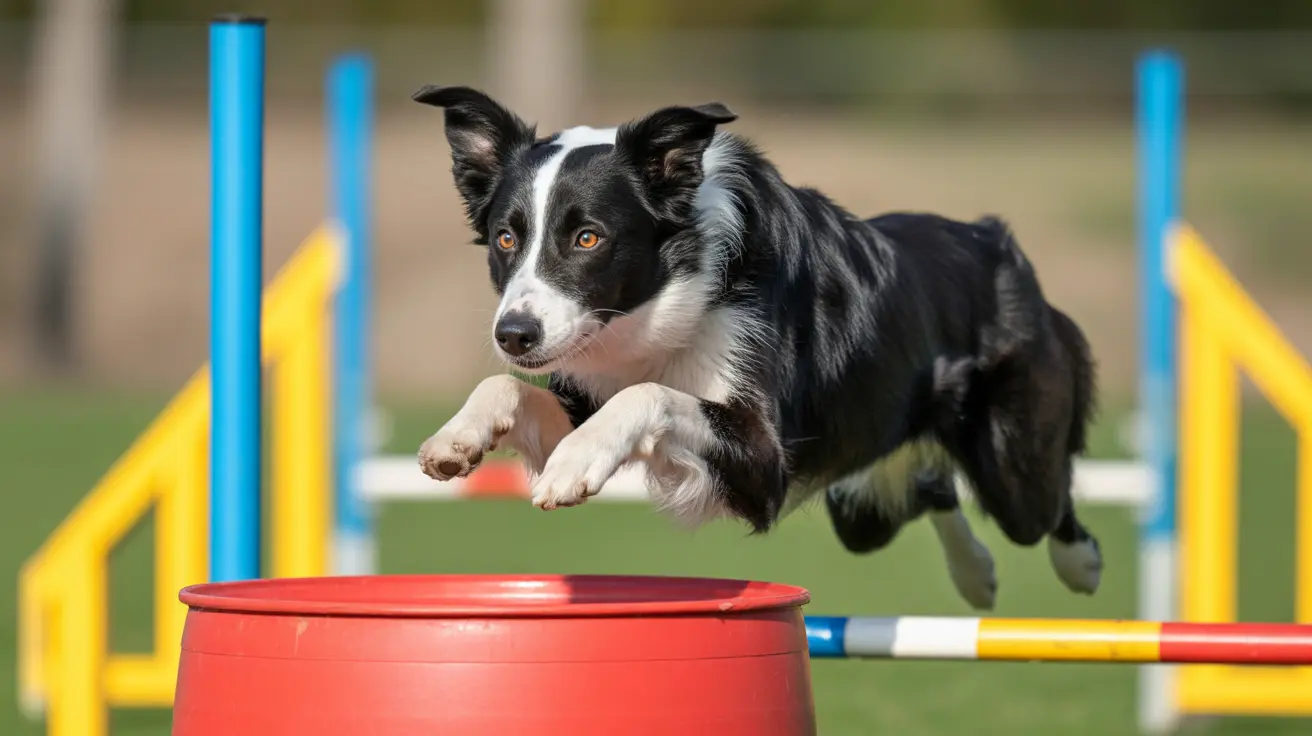For decades, Disney fans have pondered a peculiar question: Is Goofy really a dog? While he shares certain canine features with other Disney characters, Goofy's unique characteristics and anthropomorphic nature have sparked endless debate about his true species classification.
In this comprehensive exploration, we'll delve into Goofy's origins, examine the evidence for his canine heritage, and uncover what Disney creators themselves have to say about this beloved character's identity.
The Origins of Goofy: From Dippy Dawg to Cultural Icon
Goofy first appeared in 1932 as "Dippy Dawg," sporting distinct dog-like features including floppy ears and a pronounced snout. However, his evolution from this initial design into the character we know today marks the beginning of his species ambiguity. Unlike other Disney animal characters, Goofy quickly developed human-like characteristics, walking upright and wearing clothes.
Understanding Goofy's Unique Classification
Disney officially describes Goofy as an "anthropomorphic dog," but this classification only tells part of the story. Bill Farmer, Goofy's longtime voice actor, has suggested that Goofy belongs to a distinct species called "Goofus Kanis" - setting him apart from both regular dogs and humans in the Disney universe.
The Goofy vs. Pluto Paradox
Perhaps the most compelling evidence of Goofy's unique status comes from comparing him to Pluto, Mickey Mouse's pet dog. While both are technically canines, their roles and characteristics couldn't be more different:
- Goofy walks upright, speaks, drives cars, and holds jobs
- Pluto acts like a typical dog, walking on all fours and communicating through barks
- Goofy has a son (Max) and lives independently
- Pluto maintains the traditional pet-owner relationship with Mickey
Disney's Official Stance and Creative Philosophy
Disney has maintained an intentionally ambiguous position on Goofy's exact species, embracing the character's unique nature. This creative decision allows Goofy to serve multiple storytelling purposes while maintaining his charm and relatability.
The company's approach reflects a broader animation tradition of using anthropomorphized characters to tell human stories through non-human vessels, making complex themes more accessible and entertaining.
Cultural Impact and Enduring Appeal
Goofy's species ambiguity has contributed significantly to his lasting popularity. His unique status as neither purely dog nor human has made him a versatile character capable of starring in various roles - from slapstick comedy to thoughtful father figure.
Frequently Asked Questions
Is Goofy considered a dog in the Disney universe?
While Goofy has canine features, he's officially classified as an "anthropomorphic dog" or "Goofus Kanis," setting him apart from regular dogs in the Disney universe.
What makes Goofy different from other Disney dog characters like Pluto?
Goofy walks upright, speaks, wears clothes, and displays human-level intelligence, while characters like Pluto behave like typical dogs with animal characteristics.
How does Goofy's anthropomorphic nature affect his portrayal in Disney media?
His anthropomorphic nature allows him to take on complex roles, including being a father, holding jobs, and experiencing human-like situations while maintaining his unique charm.
What is the significance of Goofy's classification as "Goofus Kanis" or an "anthropomorphic dog"?
This classification acknowledges Goofy's canine origins while recognizing his distinct status as a character who transcends simple species categorization.
How does Disney's intentional ambiguity about Goofy's species contribute to his enduring popularity?
The ambiguity allows for creative storytelling flexibility and helps maintain Goofy's universal appeal across different types of narratives and audiences.
Conclusion
While the debate over Goofy's exact species may continue, perhaps the most accurate answer is the simplest one: He's just Goofy. His unique position in Disney's character universe has allowed him to become one of animation's most beloved and enduring figures, transcending simple classification to become something truly special.






